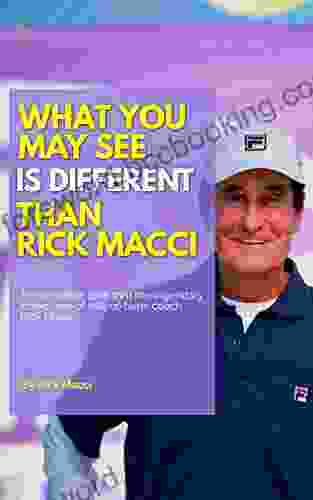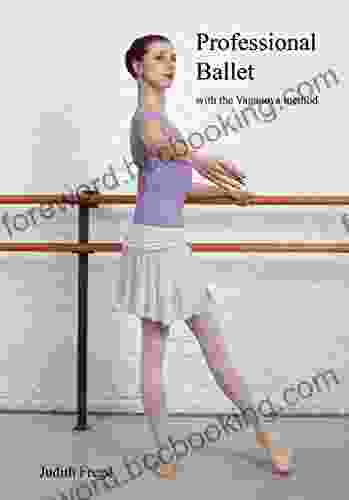Mastering Stroke Technique: A Comprehensive Guide to Learning Optimal Stroke Mechanics

Rowing is a physically demanding and technically complex sport that requires a high level of coordination and skill. The stroke, the fundamental movement in rowing, is a sequence of coordinated movements that propel the boat forward. To row effectively and efficiently, it is essential to master the optimal stroke mechanics. 5 out of 5 This comprehensive guidebook, 'Learning Optimal Stroke Mechanics,' is designed to provide rowers of all levels with a thorough understanding of the key principles and techniques involved in executing a powerful and efficient stroke. By following the step-by-step instructions and practicing the drills outlined in this book, you can significantly improve your rowing performance. The rowing stroke can be divided into four distinct phases: the catch, the drive, the finish, and the recovery. The catch is the beginning of the stroke, where the rower engages the oar with the water. The key to a successful catch is to enter the water smoothly and quietly, minimizing any disturbance to the water surface. This will help to maximize the boat's momentum and prevent the oar from slipping. The drive is the power phase of the stroke, where the rower generates force against the water to propel the boat forward. The drive is executed by simultaneously pushing with the legs and pulling with the arms. The rower should maintain a strong connection to the oar throughout the drive, ensuring that the force is transmitted efficiently to the boat. The finish is the end of the stroke, where the rower releases the oar from the water. The rower should complete the drive by fully extending the legs and arms. The oar should be lifted out of the water cleanly, minimizing any splashing or disturbance to the water surface. The recovery is the period between the end of one stroke and the beginning of the next. During the recovery, the rower rotates their body back to the starting position and prepares for the next catch. The recovery should be smooth and efficient, allowing the rower to maintain a high stroke rate while conserving energy. To execute an optimal stroke, it is essential to adhere to the following key principles: Regular practice is essential for improving stroke mechanics. The following drills can help rowers of all levels refine their technique and develop greater efficiency: Mastering optimal stroke mechanics offers numerous benefits to rowers of all levels, including: Learning and mastering optimal stroke mechanics is essential for rowers of all levels who seek to improve their performance, efficiency, and enjoyment of the sport. This comprehensive guidebook provides a thorough understanding of the key principles and techniques involved in executing a powerful and efficient stroke. By following the step-by-step instructions and practicing the drills outlined in this book, you can significantly improve your rowing technique and unlock your full potential as a rower. Embrace the journey of learning and refining your stroke mechanics, and experience the transformative benefits of optimal rowing.Language : English File size : 391 KB Text-to-Speech : Enabled Screen Reader : Supported Enhanced typesetting : Enabled Word Wise : Enabled Print length : 142 pages 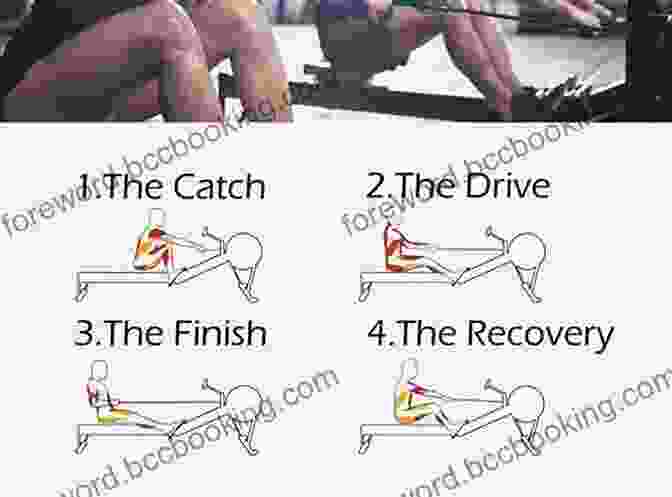
Understanding the Phases of the Stroke
The Catch
The Drive
The Finish
The Recovery
Key Principles of Optimal Stroke Mechanics
Drills to Improve Stroke Mechanics
Benefits of Optimal Stroke Mechanics
Free Download Your Copy Today!
Invest in your rowing journey and unlock the secrets to optimal stroke mechanics. Free Download your copy of 'Learning Optimal Stroke Mechanics' now and embark on your path to rowing excellence.
Buy Now
5 out of 5
| Language | : | English |
| File size | : | 391 KB |
| Text-to-Speech | : | Enabled |
| Screen Reader | : | Supported |
| Enhanced typesetting | : | Enabled |
| Word Wise | : | Enabled |
| Print length | : | 142 pages |
Do you want to contribute by writing guest posts on this blog?
Please contact us and send us a resume of previous articles that you have written.
 Book
Book Novel
Novel Page
Page Chapter
Chapter Text
Text Story
Story Genre
Genre Reader
Reader Library
Library Paperback
Paperback E-book
E-book Magazine
Magazine Newspaper
Newspaper Paragraph
Paragraph Sentence
Sentence Bookmark
Bookmark Shelf
Shelf Glossary
Glossary Bibliography
Bibliography Foreword
Foreword Preface
Preface Synopsis
Synopsis Annotation
Annotation Footnote
Footnote Manuscript
Manuscript Scroll
Scroll Codex
Codex Tome
Tome Bestseller
Bestseller Classics
Classics Library card
Library card Narrative
Narrative Biography
Biography Autobiography
Autobiography Memoir
Memoir Reference
Reference Encyclopedia
Encyclopedia Mark Levi
Mark Levi Herb Bryce
Herb Bryce Laura Hulleman
Laura Hulleman Paula Haney
Paula Haney Omid Arabian
Omid Arabian Helena P Blavasky
Helena P Blavasky Helen Garner
Helen Garner Jonathan L Friedmann
Jonathan L Friedmann Helen Mccarthy
Helen Mccarthy John Woodward
John Woodward Jean Shinoda Bolen
Jean Shinoda Bolen Harriet Denison
Harriet Denison Harry Markopolos
Harry Markopolos Michael Franzese
Michael Franzese Harriott Pinckney Horry
Harriott Pinckney Horry Howard Pyle
Howard Pyle Sarah Van Gelder
Sarah Van Gelder Hervey Garrett Smith
Hervey Garrett Smith Helen Fitzgerald
Helen Fitzgerald Holly Donahue Singh
Holly Donahue Singh
Light bulbAdvertise smarter! Our strategic ad space ensures maximum exposure. Reserve your spot today!

 Bryce FosterHarnessing Collective Wisdom: Creating Institutions for Managing Society's...
Bryce FosterHarnessing Collective Wisdom: Creating Institutions for Managing Society's...
 Derek CookEmpowering Families: Innovative Strategies for Preserving Real Estate Across...
Derek CookEmpowering Families: Innovative Strategies for Preserving Real Estate Across... Damon HayesFollow ·10.3k
Damon HayesFollow ·10.3k Shannon SimmonsFollow ·6.2k
Shannon SimmonsFollow ·6.2k Vladimir NabokovFollow ·14.5k
Vladimir NabokovFollow ·14.5k Wesley ReedFollow ·18.7k
Wesley ReedFollow ·18.7k Branson CarterFollow ·17.2k
Branson CarterFollow ·17.2k Roland HayesFollow ·18.7k
Roland HayesFollow ·18.7k Arthur C. ClarkeFollow ·2.7k
Arthur C. ClarkeFollow ·2.7k Nathan ReedFollow ·8.8k
Nathan ReedFollow ·8.8k

 Fabian Mitchell
Fabian MitchellUnleash the Adventure: Family Fun in the Black Hills
Nestled amidst the rolling hills...
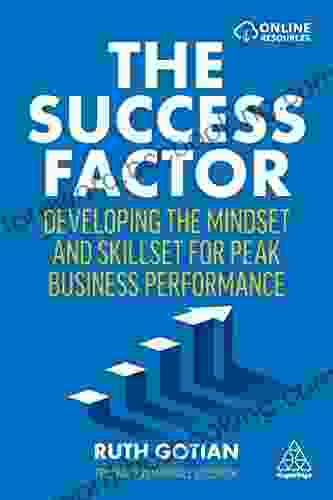
 Alfred Ross
Alfred RossUnleashing Peak Business Performance: A Journey of...
In today's rapidly evolving business...

 Fernando Bell
Fernando BellEmbrace the Prophetic Voice of Howard Zinn: A Journey...
As we navigate the complexities of our...

 Jonathan Franzen
Jonathan FranzenChildren of the Arctic: A Literary Expedition to the...
In the annals of...
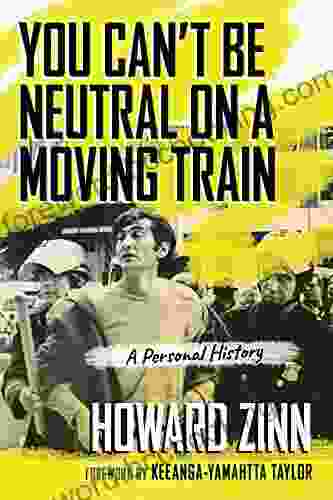
 Branson Carter
Branson CarterYou Can Be Neutral on a Moving Train: A Transformative...
Welcome, dear reader,...
5 out of 5
| Language | : | English |
| File size | : | 391 KB |
| Text-to-Speech | : | Enabled |
| Screen Reader | : | Supported |
| Enhanced typesetting | : | Enabled |
| Word Wise | : | Enabled |
| Print length | : | 142 pages |


